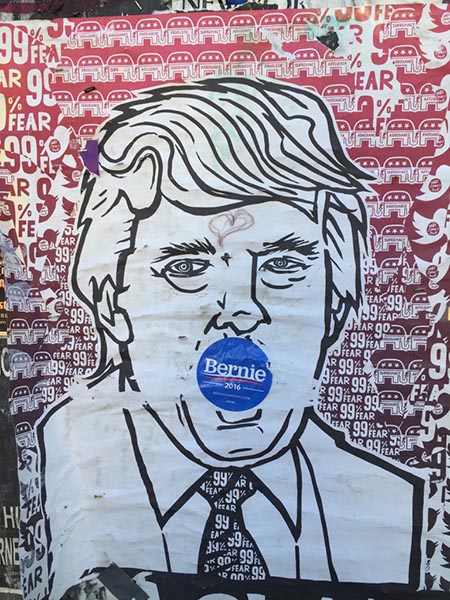Editor’s note: This post was written prior to the New York state primary on Tuesday, April 19, in which Hillary Clinton and Donald Trump both won majorities.
Against all pundits’ bets, Donald Trump and Bernie Sanders each stand a chance of winning their parties’ nominations. Writing in disbelief, media analysts and scholars have attempted to explain the allure of both candidates to the disenchanted masses. Some write about the widening gap between the wealthy and the poor, and the increasing disconnect between party elites and their constituents to explain the rise of political outsiders; others write about racial backlash against President Obama. And still others write about how years of merciless and cynical political manipulation within the parties has polarized political discourse in the U.S. “Populism!” analysts decry, Peron-style banana republic populism, has taken over U.S. electoral politics.
But where should we draw the line between populism and campaigning for a presidential election more generally? Many scholars in anthropology and media studies (especially those from the so-called “banana republics”) have pointed out that populism is a slippery analytical category that can mean many things, and that lends itself to many ideological projects (Mazzoleni, Stewart, and Horsfield 2003). For example, Ernesto Laclau (2005) sharply observes that populism is a rationale, a way of crafting public discourse based on a “us versus them” logic built upon a “chain of equivalences.” What Laclau means is that populist discourse ties together disparate social claims under a single message, and through this, the populist leader crafts a public identity that resonates with many types of social and political groups that have very different kinds of grievances. In this process, the leader embodies an aggregate version of “the people” based on the lowest common denominator, like national belonging. (read more...)

